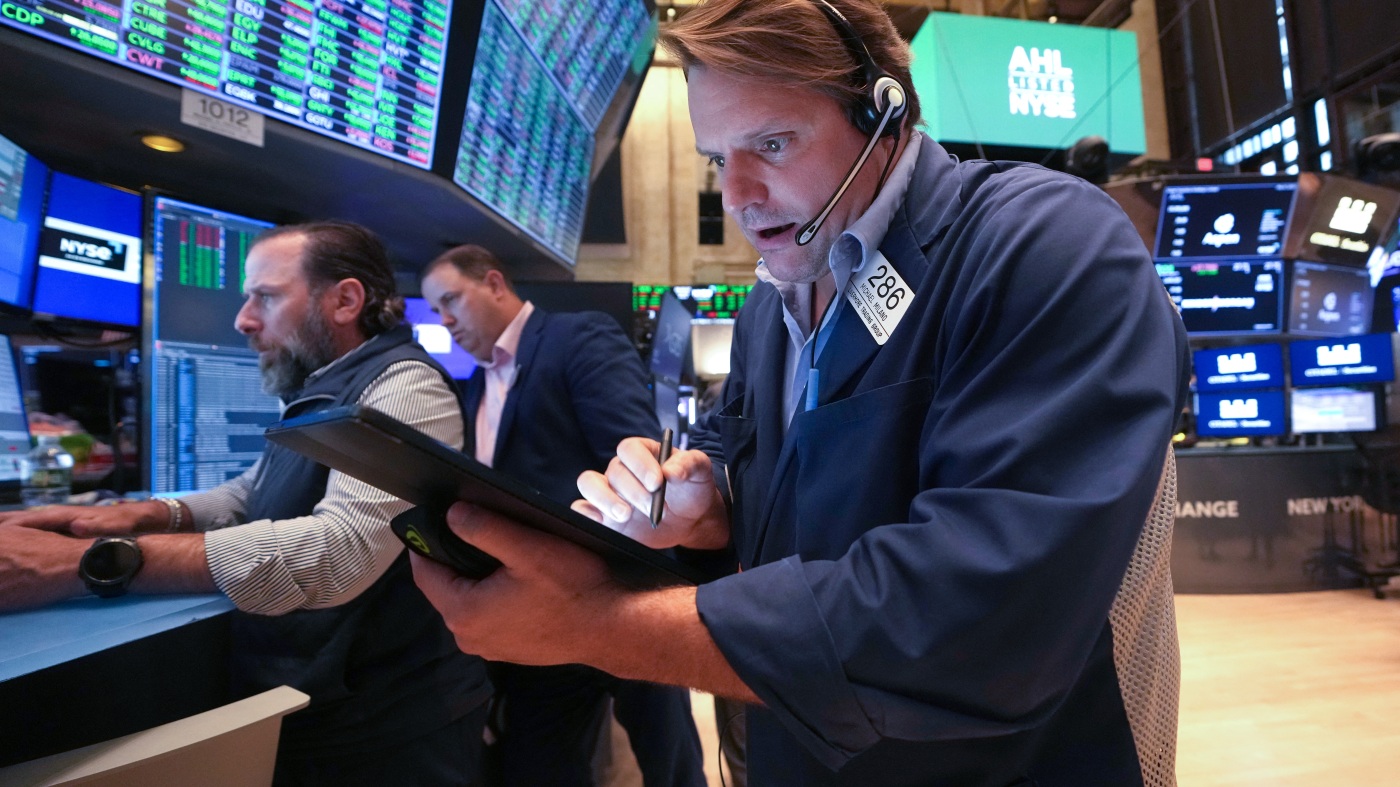The Impact of U.S.-China Tariff Agreement on Global Stock Markets
A Turning Point for Global Markets
The recent announcement of a temporary tariff reduction between the U.S. and China has sent ripples of optimism across global financial markets. After years of escalating trade tensions, this 90-day reprieve marks a significant shift in economic relations between the world’s two largest economies. Investors, who had been bracing for further disruptions, responded with a wave of buying activity, pushing major stock indices upward.
This agreement isn’t just a minor policy adjustment—it’s a signal that both nations are willing to step back from the brink of a full-blown trade war. The immediate market reaction underscores just how much global financial stability hinges on U.S.-China relations.
Breaking Down the Agreement
The specifics of the deal reveal a substantial easing of trade barriers. The U.S. agreed to slash tariffs on Chinese goods from a staggering 145% down to 30%, while China reciprocated by reducing its tariffs on U.S. imports from 125% to just 10%. These adjustments, though temporary, represent the most significant de-escalation in years.
Key aspects of the agreement include:
– Reciprocal concessions – Both nations made meaningful reductions rather than one-sided adjustments.
– Time-bound relief – The 90-day window creates urgency for further negotiations.
– Sector-specific impacts – Industries hit hardest by tariffs, such as semiconductors and manufacturing, stand to benefit immediately.
Markets Respond with Optimism
The financial markets wasted no time in pricing in the good news.
U.S. Markets Surge
– Dow Jones Industrial Average jumped 2.1%, erasing weeks of uncertainty-driven losses.
– S&P 500 climbed 2.8%, with tech and industrial stocks leading the charge.
– Nasdaq outperformed, soaring 3.8% as investors bet on reduced supply chain disruptions.
Europe and Asia Follow Suit
– Europe’s Stoxx 600 rose 1%, with German exporters benefiting from improved trade sentiment.
– Hong Kong’s Hang Seng posted strong gains, reflecting relief in Asian markets.
The synchronized rally suggests that investors see this as more than a short-term reprieve—it’s a potential pivot toward stability.
Winners and Losers: Sector Deep Dive
Not all industries benefited equally. Some sectors saw explosive growth, while others remained muted.
Tech and Semiconductors Lead the Charge
– ASML, a critical player in semiconductor manufacturing, surged 4.5% as tariffs on high-tech components eased.
– Apple and NVIDIA also saw significant bumps, as lower tariffs reduce production costs.
Manufacturing and Industrials Rebound
– Heavy machinery and automotive stocks, which had suffered from trade uncertainty, regained lost ground.
– Steel and aluminum producers, however, saw only modest gains, as long-term overcapacity concerns linger.
Consumer Goods: A Mixed Bag
– Retailers reliant on Chinese imports cheered the news, but some analysts warn that the 90-day window may not be enough to fully restock inventories.
The Bigger Economic Picture
Beyond stock prices, this agreement has far-reaching implications.
Trade Volume Set to Rebound
With lower tariffs, businesses on both sides are likely to increase orders, boosting GDP growth in the short term.
Inflation Pressures Ease
Reduced import costs could help temper rising consumer prices, giving central banks more flexibility in monetary policy.
Treasury Yields Tell a Story
U.S. Treasury yields climbed, signaling that investors expect stronger economic growth and potential rate hikes. This shift suggests confidence in a more stable trade environment.
What Happens Next?
The 90-day period is both an opportunity and a test.
Key Questions Moving Forward:
Conclusion: A Fragile but Promising Truce
The U.S.-China tariff agreement has injected much-needed optimism into global markets. For now, investors can breathe easier, businesses can plan with slightly more certainty, and policymakers have a window to negotiate a lasting resolution.
Yet, this is only the beginning. The next three months will determine whether this is a fleeting pause or the foundation of a more stable economic relationship. One thing is clear: the world is watching.











